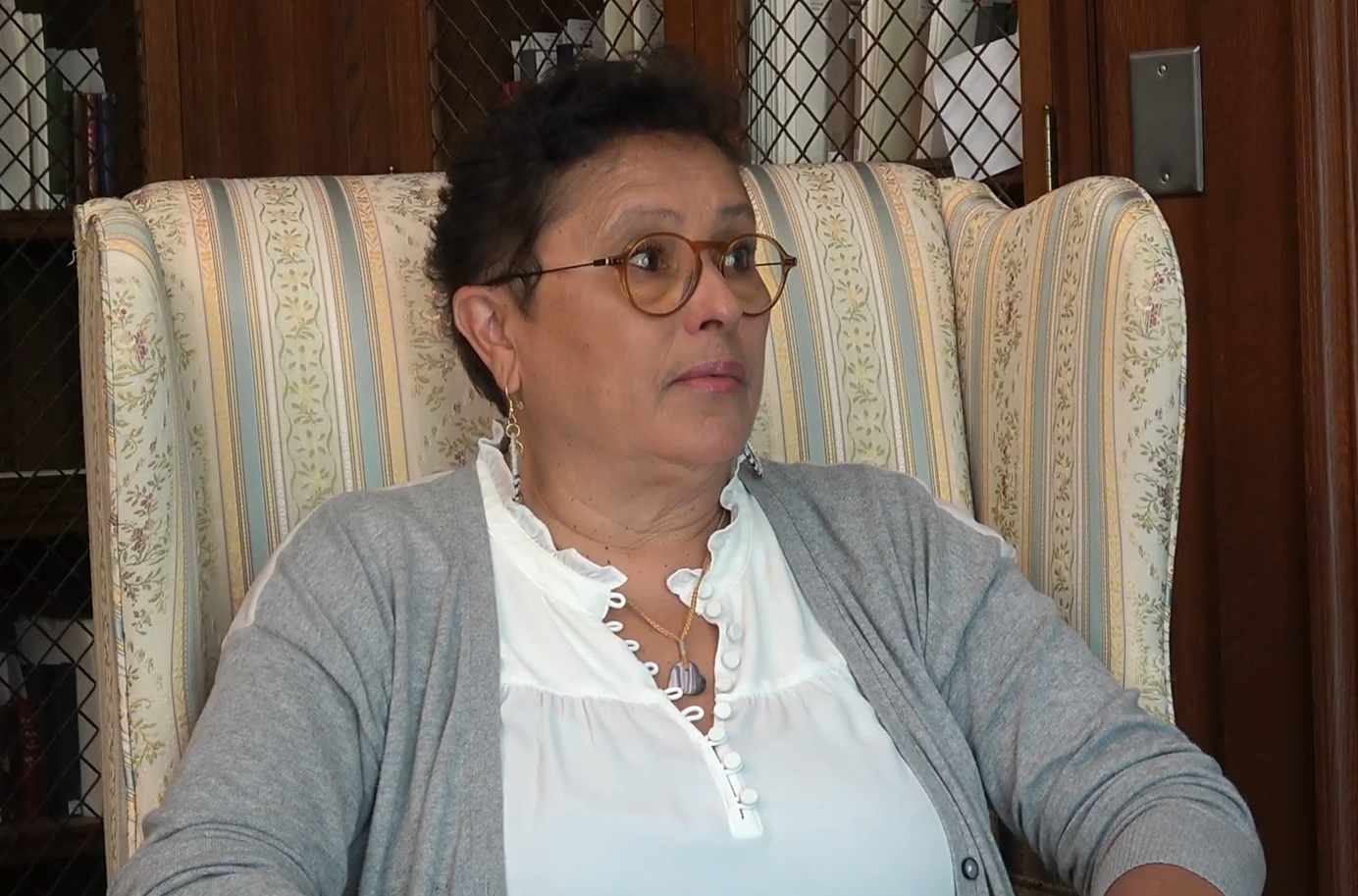
We have compiled an easy-to-access set of resources from the Stolen Relations website for classroom use and to supplement our curriculum. Please explore the rest of the website as well as it contains additional important and relevant information.
Links to Pages
Stories from the Database
Stories from the DatabaseStories from the Database
Although there are thousands of individuals in the database, we have done a deep dive into the lives of a nearly a dozen individuals to provide more context for their lives. These stories work well for students to read and analyze.
Indigenous Voices – Perspectives from Tribal Members
Indigenous Voices – Perspectives from Tribal MembersIndigenous Voices – Perspectives from Tribal Members
Hear directly from tribal members in these short video segments on a variety of topics that are ideal for classroom use.
Visualization – Map
Visualization – MapVisualization – Map
This interactive map is a fascinating way to engage with the information in the database. Students can zoom in on regions and link through to individual records.
Search the Database
Search the DatabaseSearch the Database
At the core of the project is a huge database of thousands of Native Americans who were coerced into slavery or servitude. Students can run searches based on region, time period, age, etc.
Timeline of Indigenous Slavery
Timeline of Indigenous SlaveryTimeline of Indigenous Slavery
Many students will not know much about the history of Indigenous slavery, but they can try to correlate other events in U.S. and world history through this timeline.
Sample Primary Sources
Sample Primary SourcesSample Primary Sources
If starting with the database is too overwhelming for your students, we have curated some sample primary sources that are a great place to start.